Nestled in the heart of Chilean Patagonia, Torres del Paine National Park stands as a crown jewel for trekkers worldwide. The iconic W Trek, named for its distinctive route shape, winds through some of the most breathtaking landscapes on earth—towering granite peaks, electric-blue glaciers, and emerald lakes that seem plucked from a fantasy. Yet behind these raw natural wonders lies an intricate logistical puzzle. Securing campsite reservations along the W Circuit has become an art form, requiring strategy, timing, and local insight that many first-time visitors underestimate.
The reservation system operates like a high-stakes game of musical chairs, where hesitation means sleeping under the stars without proper shelter. Unlike other famous trails where you can wing it with a tent, Torres del Paine enforces strict camping assignments to protect its fragile ecosystem. This creates a peculiar dynamic where the wilderness feels utterly untamed, yet your nightly stops must be meticulously planned months in advance. The window for securing ideal dates is surprisingly narrow—too early and certain camps won’t accept bookings; too late and you’ll be piecing together a patchwork of distant sites that turn a 5-day hike into an exhausting marathon.
Understanding the seasonal rhythms proves crucial. The prime trekking months from October to April see such demand that last-minute planners often find themselves reverse-engineering entire itineraries based on campsite availability rather than preference. Local outfitters whisper about a sweet spot in late September when summer’s crowds haven’t yet arrived, but unpredictable spring weather keeps all but the hardiest adventurers away. Conversely, February’s relative lull between holiday rushes offers surprising opportunities—if you know which less-publicized campsites to target.
The Vertice versus CONAF campsite divide represents one of the trek’s most confusing hurdles for international visitors. Two separate entities manage different portions of the trail, each with their own booking platforms, cancellation policies, and even peak season definitions. Vertice’s Paine Grande and Grey camps book up fastest due to their proximity to the Glacier Grey viewpoint, while CONAF’s free but basic sites like Italiano require Olympic-level form-submitting speed when reservations open. Savvy trekkers often mix private and public camps, sacrificing some comfort at certain stops to secure the overall route.
Payment systems add another layer of complexity. International credit cards frequently trigger mysterious declines on Chilean booking portals, a quirk that has stranded many confident planners at their computers. Local travel agencies have built entire business models around acting as reservation intermediaries, their staff skilled in navigating the particular combination of browser cookies, payment attempts, and mystical incantations needed to secure confirmations. Some veteran hikers swear by purchasing Chilean prepaid debit cards specifically for this purpose.
Equipment logistics intertwine with campsite strategy in unexpected ways. The difference between securing a tent site versus renting a prefab shelter might determine whether you need to haul a 50-liter pack or travel light with just sleeping bag liner. Refugio-operated camps like Cuernos offer hot showers and three-course meals that feel downright luxurious after days of freeze-dried food, but their popularity means they disappear from availability grids within hours. Meanwhile, the park’s eastern sector camps (Central and Torres) present a geographical conundrum—most hikers want to start or finish here for the iconic towers sunrise, creating predictable booking bottlenecks.
Behind the scenes, a shadow economy of cancellation alerts and waitlist maneuvers thrives. Facebook groups light up with last-minute site transfers as travelers’ plans unravel, while boutique tour operators hoard blocks of premium dates they release in calculated waves. The most connected local guides maintain backchannel communications with camp managers, sometimes securing spots after official systems show sold out. For those willing to embrace uncertainty, showing up at ranger stations at dawn sometimes yields no-shows’ abandoned reservations—a risky gambit that has both stranded and rewarded trekkers in equal measure.
Climate change adds new variables each season. Glacier retreat alters trail conditions, sometimes closing routes mid-season and triggering reservation domino effects. Unprecedented winds now frequently ground the catamaran connecting Paine Grande to the trailhead, forcing elaborate contingency plans. The park administration’s increasing emphasis on conservation means regulations evolve constantly—where last year’s perfect itinerary might now violate new carrying capacity rules.
Perhaps the ultimate irony lies in how these logistical hurdles enhance the experience. The very difficulty of assembling a seamless W Trek reservation mosaic makes finally standing before the granite spires feel like a hard-won triumph. As one weathered guide remarked while watching yet another overwhelmed tourist decipher the booking portal, "If Patagonia were easy, everyone would do it—but then it wouldn’t be Patagonia." The mountains reward those who navigate this bureaucratic obstacle course with vistas that etch themselves into memory, proving that sometimes the journey’s complications make the destination shine brighter.
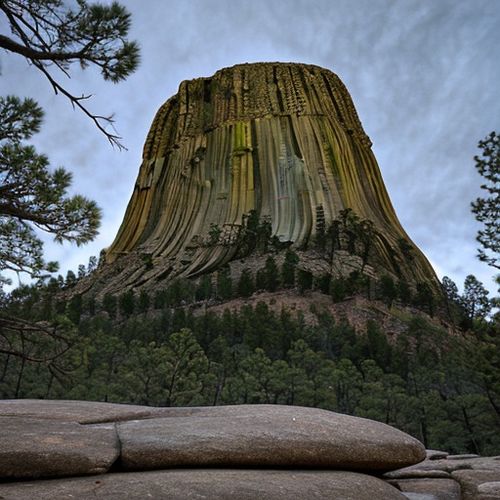
By Natalie Campbell/Apr 27, 2025
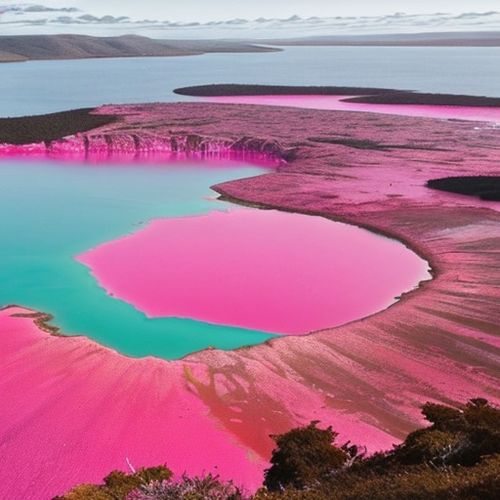
By Olivia Reed/Apr 27, 2025

By Noah Bell/Apr 27, 2025
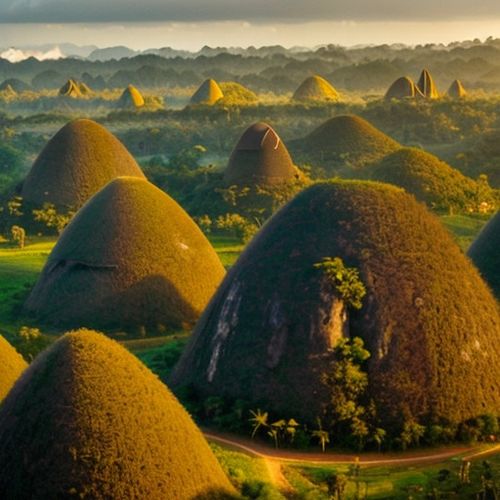
By Jessica Lee/Apr 27, 2025

By Daniel Scott/Apr 27, 2025
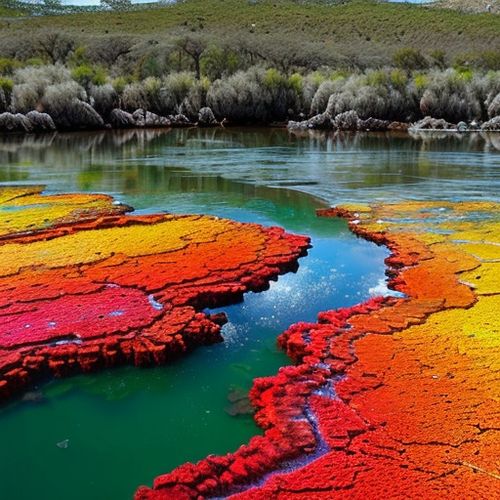
By Grace Cox/Apr 27, 2025
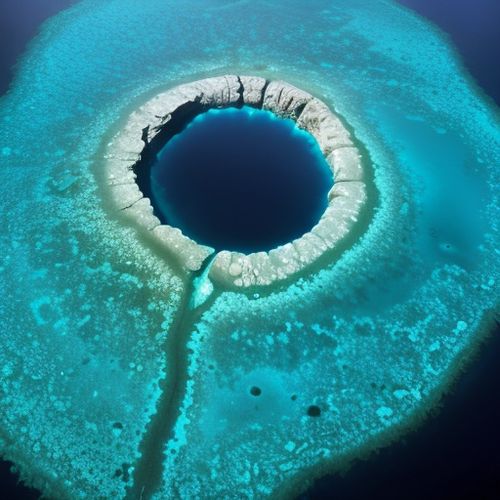
By Michael Brown/Apr 27, 2025

By Amanda Phillips/Apr 27, 2025
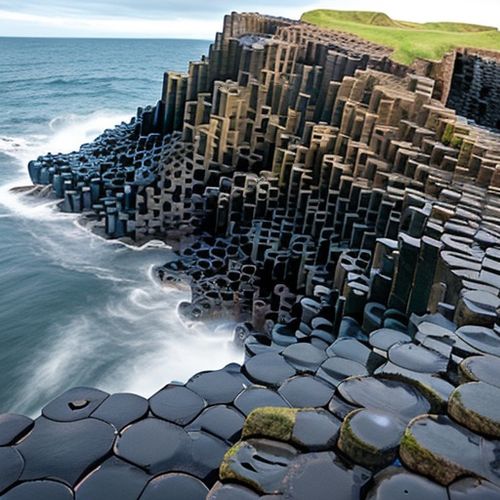
By Ryan Martin/Apr 27, 2025
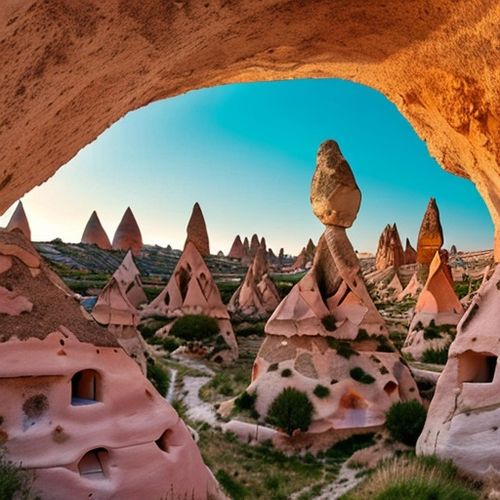
By Victoria Gonzalez/Apr 27, 2025

By Natalie Campbell/Apr 27, 2025

By Ryan Martin/Apr 11, 2025

By Sophia Lewis/Apr 11, 2025

By David Anderson/Apr 11, 2025

By Rebecca Stewart/Apr 11, 2025
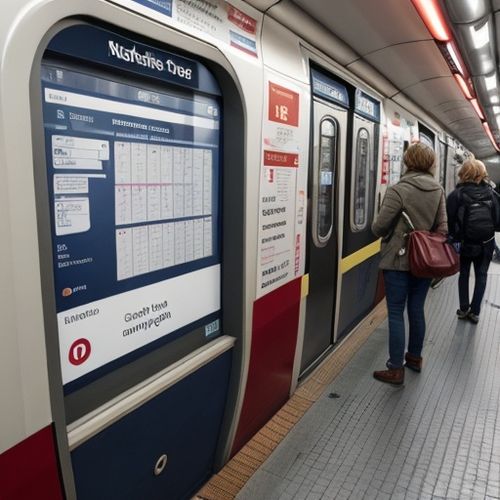
By Thomas Roberts/Apr 11, 2025
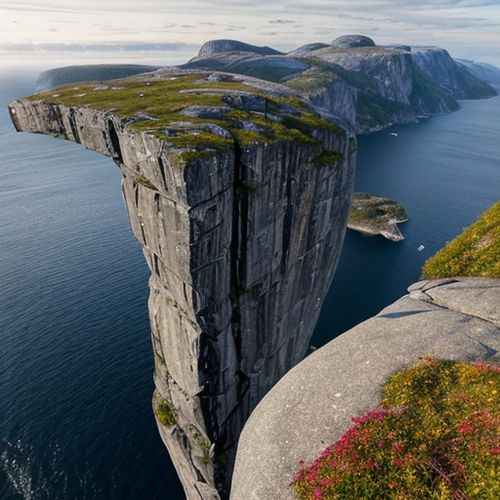
By Thomas Roberts/Apr 11, 2025
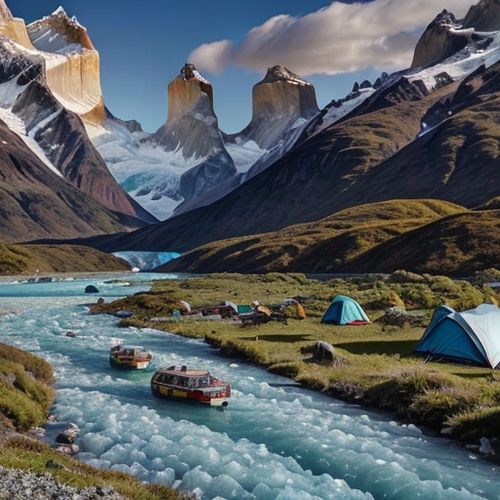
By Elizabeth Taylor/Apr 11, 2025
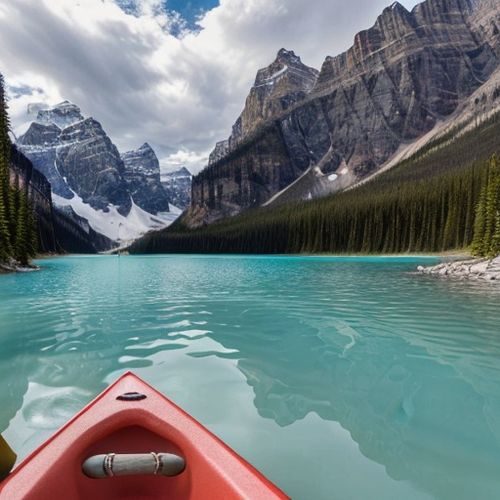
By Thomas Roberts/Apr 11, 2025
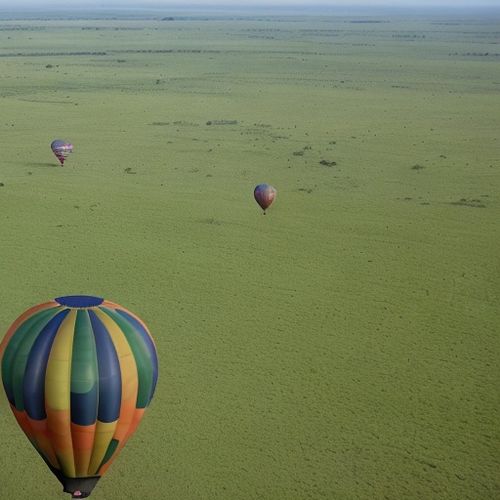
By Eric Ward/Apr 11, 2025